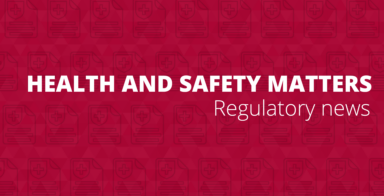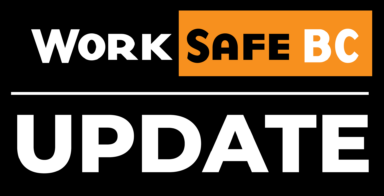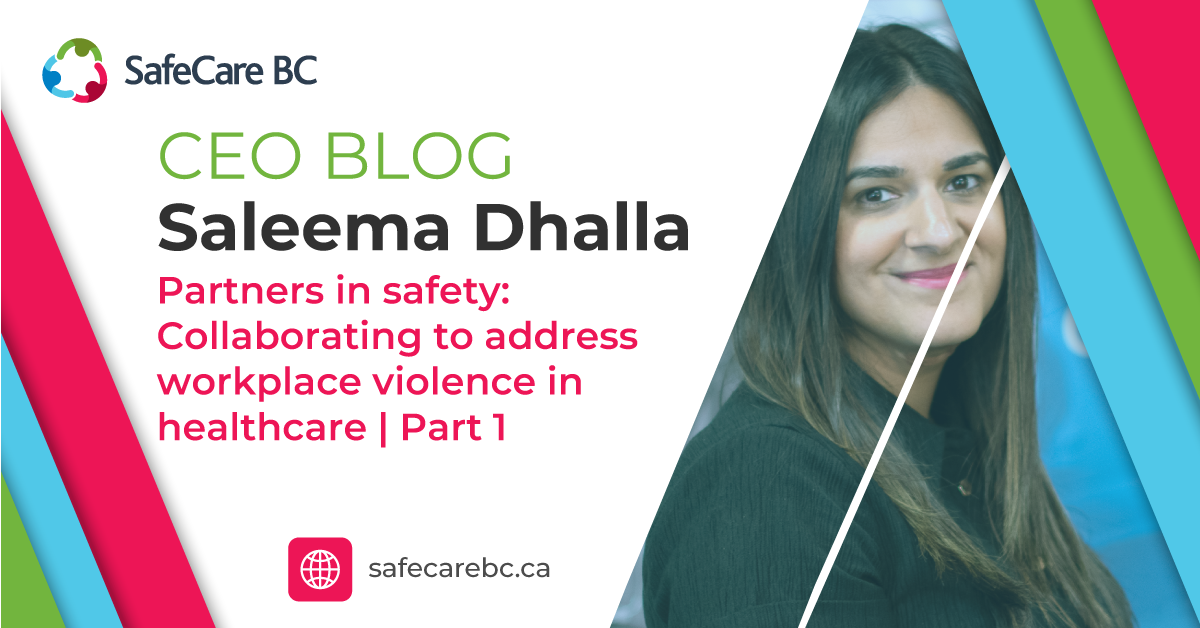Those working in long-term care and community health support are deeply committed to the well-being of those they serve. Yet, amid their dedication, many are facing a growing and troubling reality: workplace violence. The individuals who provide compassionate care are increasingly subjected to aggression that jeopardizes their safety and the quality of care they can deliver. This issue calls for a collective response. As a partner and advocate for safer workplaces, I believe addressing this crisis demands a shift in perspective—and a shared commitment to take action together.
The stark reality
Workplace violence in Canada poses a significantly greater threat to the healthcare sector compared to other areas of work, with healthcare workers being approximately five times more likely to experience attacks and facing a rate of violence four times higher than any other profession. While a national poll indicated that only 15% of employees in other sectors reported serious problems with abuse over two years, a staggering 61% of nurses reported experiencing violence within a single year. This disparity underscores the urgent need for targeted interventions in healthcare, where the risk of both physical and verbal violence is alarmingly elevated and often underreported, highlighting a critical occupational health and safety concern unique to this sector.
In 2023, workplace violence was the second leading cause of injury in home care (up 10% from 2022) and the third leading cause in long-term care (up 15% from 2022). A substantial percentage of our workforce, dedicated to caring for others, are at risk.
The human cost
Beyond the statistics, we must recognize the profound human cost of workplace violence. Our dedicated staff, including nurses, care aides, and home care support workers, often face not only physical assaults but also verbal abuse, threats, and harassment. These incidents can lead to significant emotional and psychological trauma, including anxiety, depression, burnout, and even post-traumatic stress disorder. The impact extends beyond the individual, affecting their families and ability to provide the best care.
The business case for safety
Workplace violence has a direct impact on staff retention, job satisfaction, and, ultimately, resident and client outcomes. When staff feel unsafe and unsupported, they are more likely to experience burnout and consider leaving their positions, leading to costly turnover and staffing shortages. Furthermore, a fearful or traumatized workforce cannot provide the focused and compassionate care our residents and clients deserve, potentially impacting satisfaction and overall quality of care.
Workplace violence is not "just part of the job"
For too long, there has been a dangerous perception that violence is an unavoidable aspect of working in healthcare. This mindset must change. Experiencing threats or assaults should never be considered "part of the job." We have a responsibility to challenge this normalization of violence and actively work to create environments where our staff feel safe and respected.
The power of collaboration: Why no one can solve this alone
Effectively addressing workplace violence requires a united front. No individual, department, or organization can tackle this complex issue in isolation. Collaboration is the cornerstone of creating safer healthcare environments.
Identify key stakeholders: Tackling this challenge means recognizing and engaging all those who have a role to play.
- Frontline staff nurses, care aides, support services, and all those providing direct care on the front lines hold firsthand knowledge of the risks and realities of workplace violence, and their voices are essential.
- Leadership: Executives to frontline managers and supervisors, leadership must champion safety initiatives and, allocate resources and model accountability.
- Unions and professional organizations: As advocates for safer working conditions, they offer support, expertise, and credibility.
- Residents and family council members: Their perspectives are vital in understanding triggers and fostering a respectful environment.
- Policymakers and regulatory bodies are crucial in establishing guidelines, legislation, and funding for violence prevention programs.
- Safety organizations and experts: Their knowledge can inform evidence-based, sustainable solutions.
Break down silos: We can't relegate workplace violence prevention cannot to a single department. It requires cross-functional collaboration, not isolated initiatives. We need open communication and shared responsibility across clinical teams, security, human resources, and administration.
Leverage evidence-based approaches: We must move beyond reactive, short-term solutions and instead adopt proven interventions based on research and best practices. Let's look at implementing comprehensive prevention programs, providing effective training, and establishing clear reporting mechanisms.
Takeaway: Ask yourself, who else should be at the table? Where are the gaps in our current approach?
Building a culture of safety
Creating a safe environment requires a shift towards a culture where safety is paramount and everyone feels responsible.
Strong leadership commitment: Safety needs to be a visible priority from the highest levels of leadership down to frontline managers. Leaders must actively champion safety initiatives, allocate resources, and hold themselves and others accountable for creating a safe workplace.
Psychological safety for staff: We must foster an environment where staff feel empowered to report incidents without fear of blame or retaliation. Establishing non-punitive reporting systems and demonstrating that you take all reports seriously and address them promptly is essential to establishing trust.
Clear and enforced policies: Comprehensive workplace violence prevention policies must be well-communicated, consistently applied, and reflect a zero-tolerance stance towards all forms of violence. These policies should clearly define workplace violence, outline reporting procedures, and detail the consequences of violent behaviour.
Training and education:
- Beyond de-escalation training: While de-escalation techniques are important, training must go further. Staff must have the skills to recognize early warning signs, understand triggers, manage aggressive behaviour, and provide post-incident support.
- Empowering staff through scenario-based learning: Incorporating real-life case studies and utilizing tools like our available safety huddles can provide practical experience handling challenging situations.
- Ensure leadership has access to education, too: Leaders must also understand their role in preventing and responding to workplace violence. Leadership training should focus on creating a supportive culture, implementing policies, and responding effectively to incidents.
Environmental and system design improvements:
- Redesigning spaces to reduce risk: We should evaluate our physical environments to identify and address potential risks. Environmental redesign could include security measures, installing panic buttons, improving lighting and visibility, and controlling access to certain areas.
- Workplace violence risk assessments: Regularly assessing and updating our policies based on incident data and potential vulnerabilities is crucial.
- Data-driven decisions: We must utilize incident reports and trend analysis to guide our policy and training improvements, ensuring our interventions are targeted and effective.
Identify one practical step you can implement this month—a safety audit, policy update, or staff training.
How can organizations improve their approach?
As leaders, we must continuously evaluate our efforts to prevent workplace violence. Ask yourselves:
- Are we primarily reacting to incidents, or are we proactively preventing them?
- Do our staff feel safe reporting incidents? If not, why?
- Are we measuring the impact of our safety initiatives?
- Are we actively engaging staff in shaping safety solutions?
What's one thing your organization could do better to prevent workplace violence?
We all have a role to play in creating safer healthcare environments. From leadership to frontline staff, meaningful change requires commitment from everyone. Collaboration is the engine that drives this change; the best solutions will emerge from strong partnerships, not isolated efforts. Let's start with small, tangible steps. Violence prevention isn't just about policies but a fundamental cultural shift. A safe workplace leads to better staff retention, improved morale, and higher quality resident and client care.
Identify one new partnership, policy, or training initiative you can implement in the next six months.
Let us work together as partners in safety to address workplace violence and ensure the well-being of our dedicated healthcare workers.











